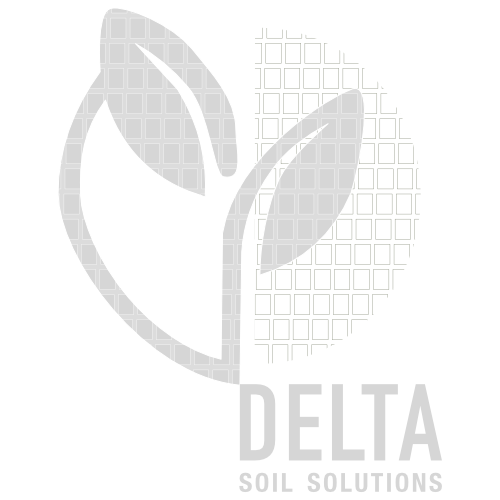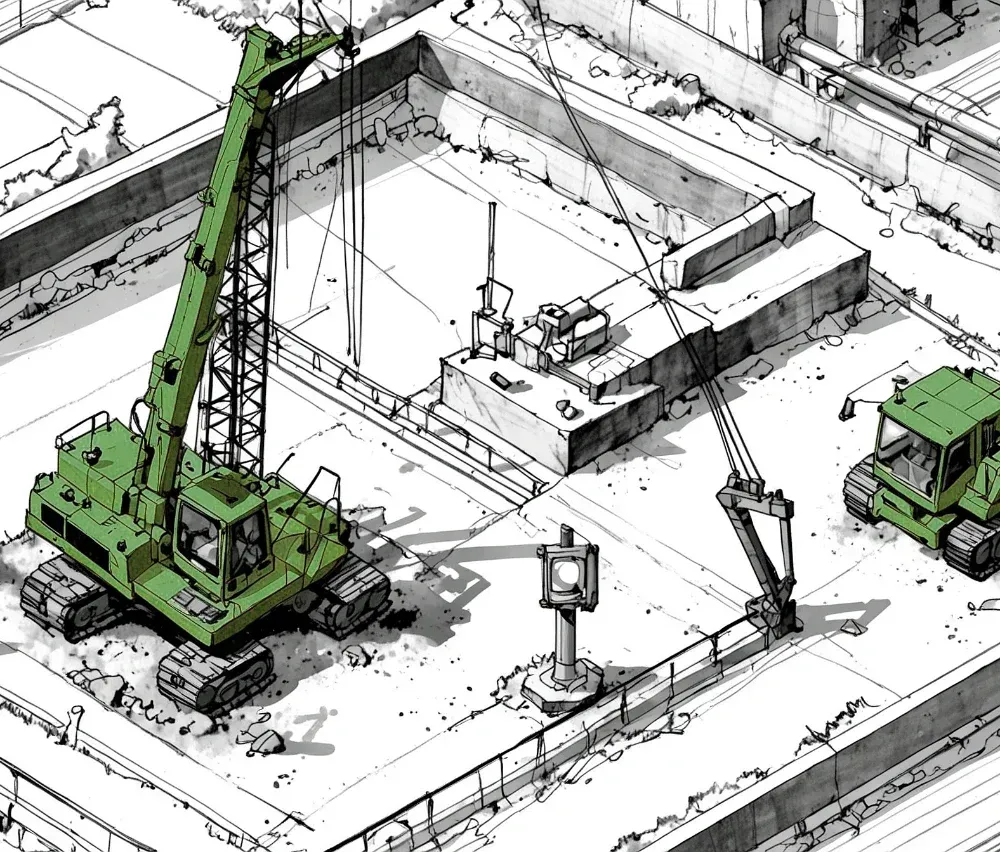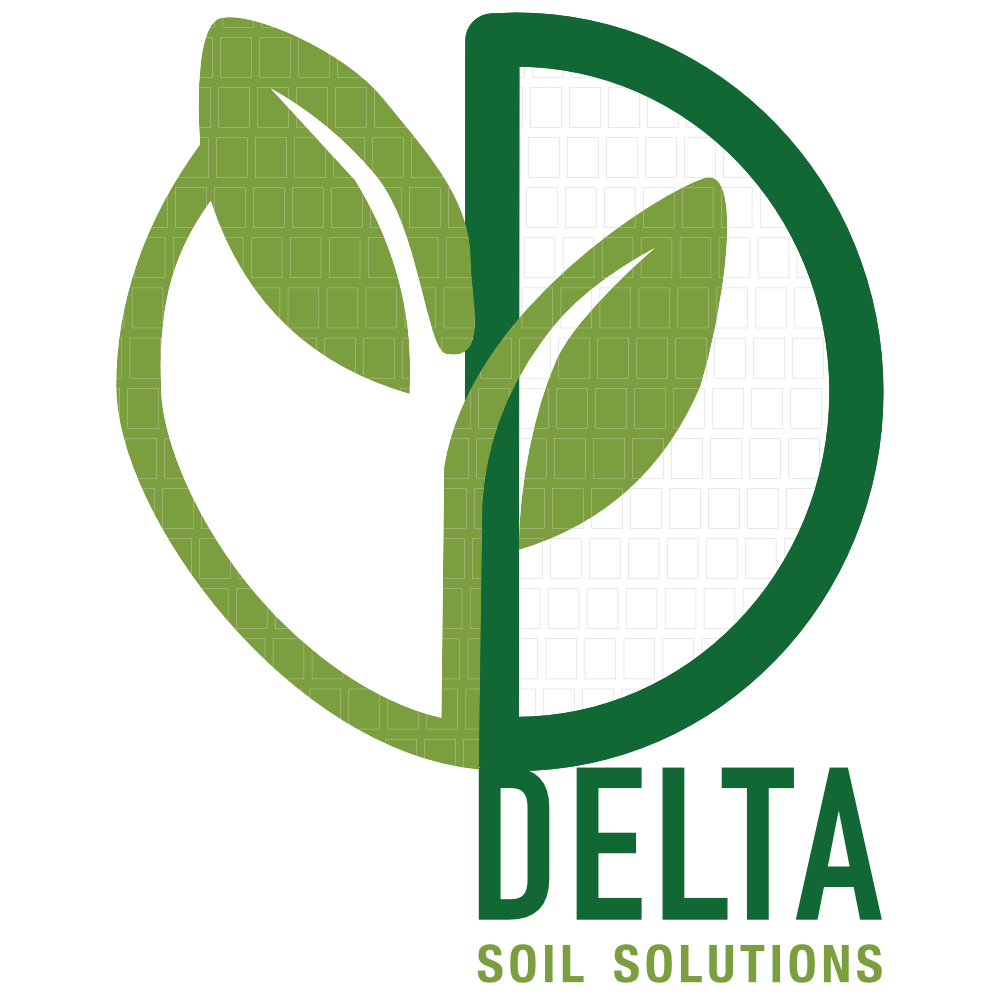Article
Chromium-6: 'Erin Brockovich' chemical removed by Delta Soil
Hexavalent Chromium in Construction: From Environmental Hazard to Safe Development
In 1993, a legal clerk named Erin Brockovich uncovered a devastating environmental scandal in Hinkley, California. Pacific Gas & Electric had been using hexavalent chromium (Cr(VI)) as an anti-corrosion agent in their cooling towers, leading to groundwater contamination that caused severe health problems among residents. The subsequent legal battle and $333 million settlement brought national attention to the dangers of this toxic compound. Today, hexavalent chromium remains a significant concern in construction and development, particularly when discovered within the natural or made ground of a future project.
Workplace exposure limits for chromium metal, including chromium (III) and (VI) compounds, are crucial in industries such as chromate production and chromium plating. While chromium (VI) is recognised for its carcinogenic potential, chromium metal and chromium (III) are not classifiable regarding human carcinogenicity.
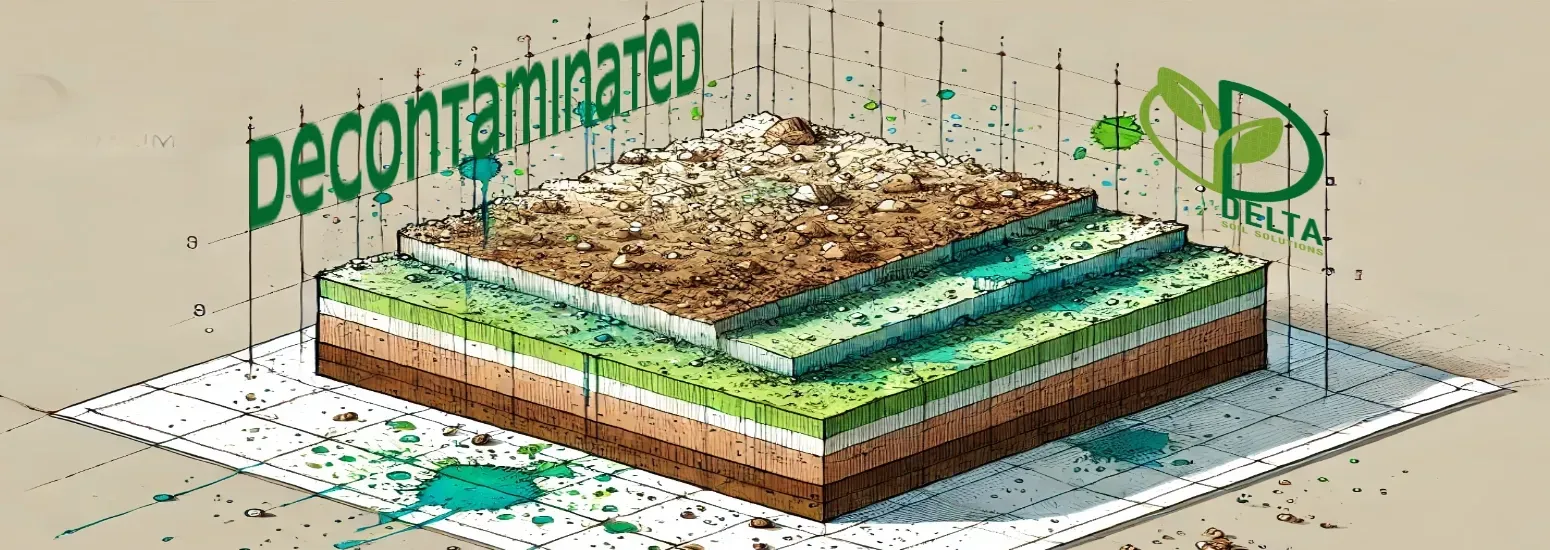
Fast forward 30 years and, much closer to home, Delta Soil Solutions were asked to review a site investigation report that had identified the presence of hexavalent chromium hotspots at a project site on the south side of Glasgow. Chromium contamination within made-ground and sub-soils is a well-documented issue in Glasgow to this day and can be linked back to the City’s industrial heritage.
On this particular site, Delta were deployed to utilise rapid on-site testing, in conjunction with the existing Site Investigation data, to delineate the spread of the carcinogen within the soil and thereafter carefully segregate the material required during the excavation process.
Successful completion ensured no further cross-contamination with unaffected site won material and Delta minimised the export cost of the waste arisings for the client.
All of the hazardous soil removed was fully – and transparently - quantified with a corresponding audit trail comprising all statutory SWCN paperwork, corresponding analysis and details of the licenced end-destination for ex-situ treatment.
The surrounding soils were subject to further on-site rapid testing to confirm no further spread of the contamination had occurred and we were able to assure the client that all remaining soils were unaffected prior to site export.
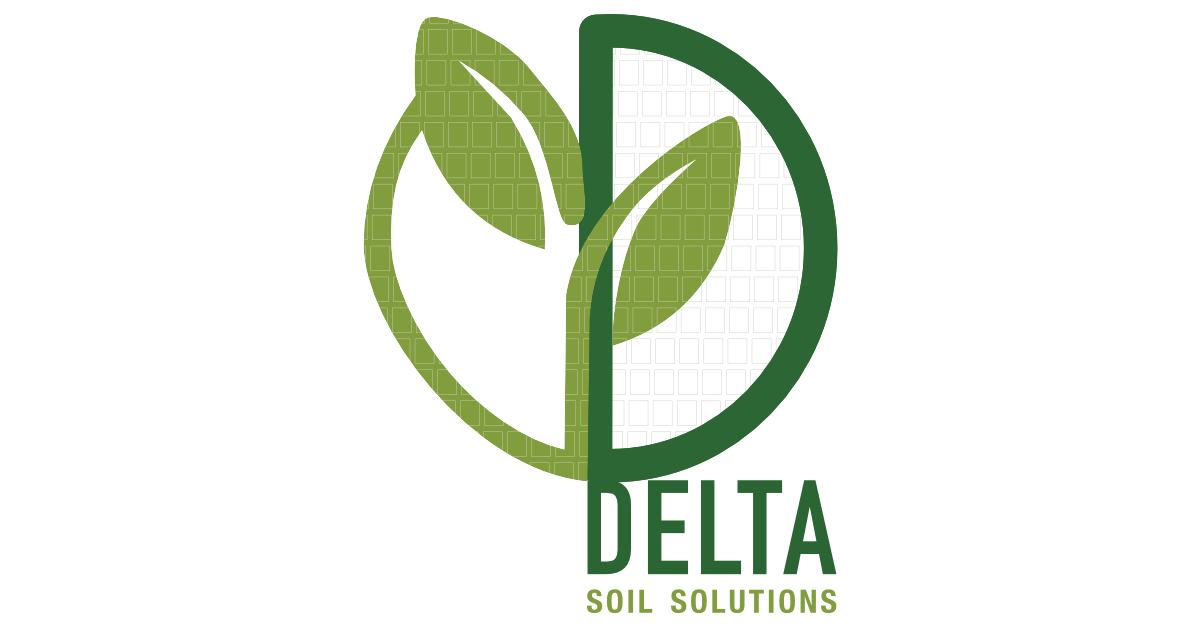
Moral of the story? Early intervention ensured segregation of the highly carcinogenic hexavalent chromium without the cross-contamination that could have resulted in disposal costs rendering the entire project unviable.
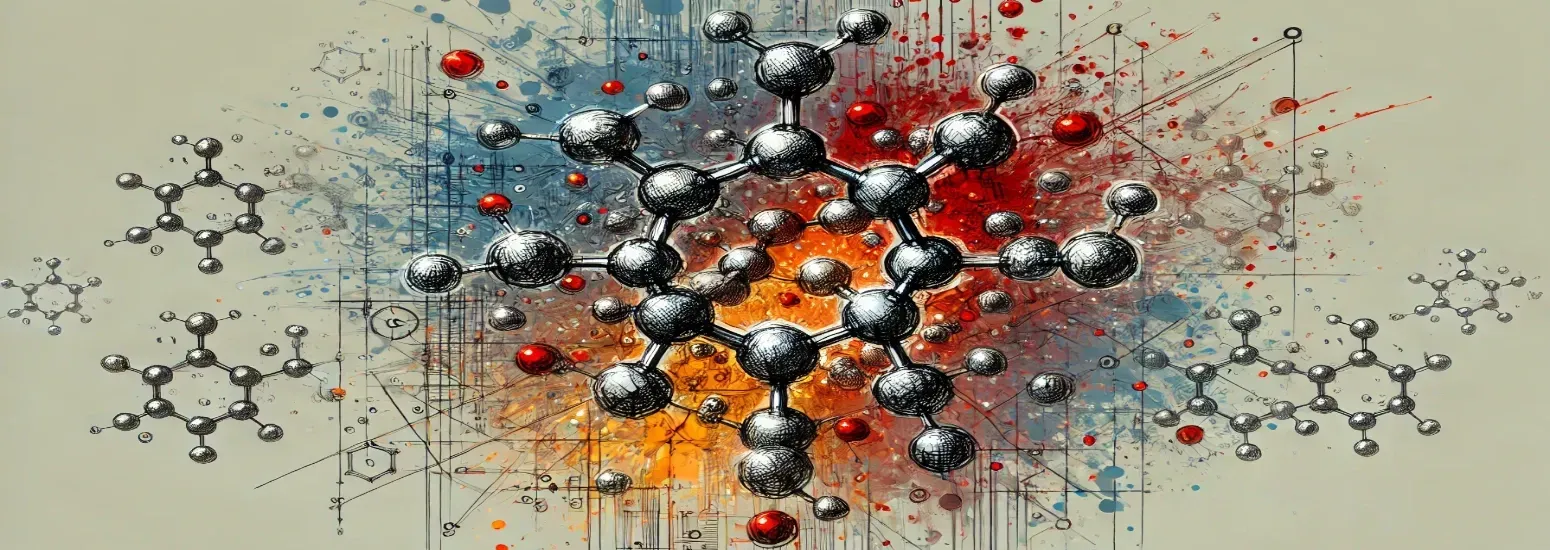
What is Hexavalent Chromium?
Hexavalent chromium, also known as chromium(VI) or Cr(VI), is a chemical compound where chromium is in the +6 oxidation state. This form of chromium is highly toxic and carcinogenic, posing significant risks to human health. When inhaled or ingested, hexavalent chromium can cause severe health issues, including lung cancer. Despite its dangers, hexavalent chromium is widely used in various industries such as metal finishing, chrome plating, and stainless steel production due to its excellent corrosion-resistant and durable properties.
Comparison with Trivalent Chromium
Trivalent chromium, or chromium(III) (Cr(III)), stands in stark contrast to its hexavalent counterpart. As an essential trace element, trivalent chromium plays a vital role in carbohydrate and lipid metabolism, contributing to overall health. Unlike hexavalent chromium, trivalent chromium is non-toxic and not carcinogenic, making it generally safe for human consumption. However, it’s important to note that excessive intake of trivalent chromium can still lead to adverse health effects, such as stomach upset and kidney damage. This distinction underscores the importance of understanding the different forms of chromium and their respective impacts on health.
Understanding the Potential Threat from Chromium Compounds (Cr(VI))
Hexavalent chromium, also known as chromium-6 or Cr(VI), is a highly toxic form of chromium that poses severe risks to human health and the environment. Unlike its less harmful trivalent form (Cr(III)), which occurs naturally, hexavalent chromium is primarily produced through industrial processes. Repeated exposure to inorganic chromium compounds, particularly chromium (VI) and chromium (III), can lead to toxicological impacts on the respiratory system, including irritant and inflammatory responses, as well as various adverse effect levels in both animal studies and human health assessments. Its presence in soil often results from historical industrial activities, including:
- Metal plating and finishing operations
- Leather tanning facilities
- Wood preservation treatments
- Paint and pigment manufacturing
- Steel and alloy production
- Industrial cooling towers
Sources of Hexavalent Chromium Exposure
Hexavalent chromium exposure can occur through various channels, each posing unique risks:
Occupational Exposure: Workers in industries that use hexavalent chromium compounds, such as metal finishing, chrome plating, and stainless steel production, are at high risk.
Environmental Exposure: Contaminated air, water, and soil can lead to significant exposure, especially in areas near industrial sites.
Consumer Products: Some wood preservatives, cement, and cleaning materials contain hexavalent chromium, posing risks to consumers.
Food and Water: Contaminated food and drinking water can be sources of hexavalent chromium exposure, highlighting the need for stringent safety standards.
Health Risks from Hexavalent Chromium Exposure and Soil Contamination
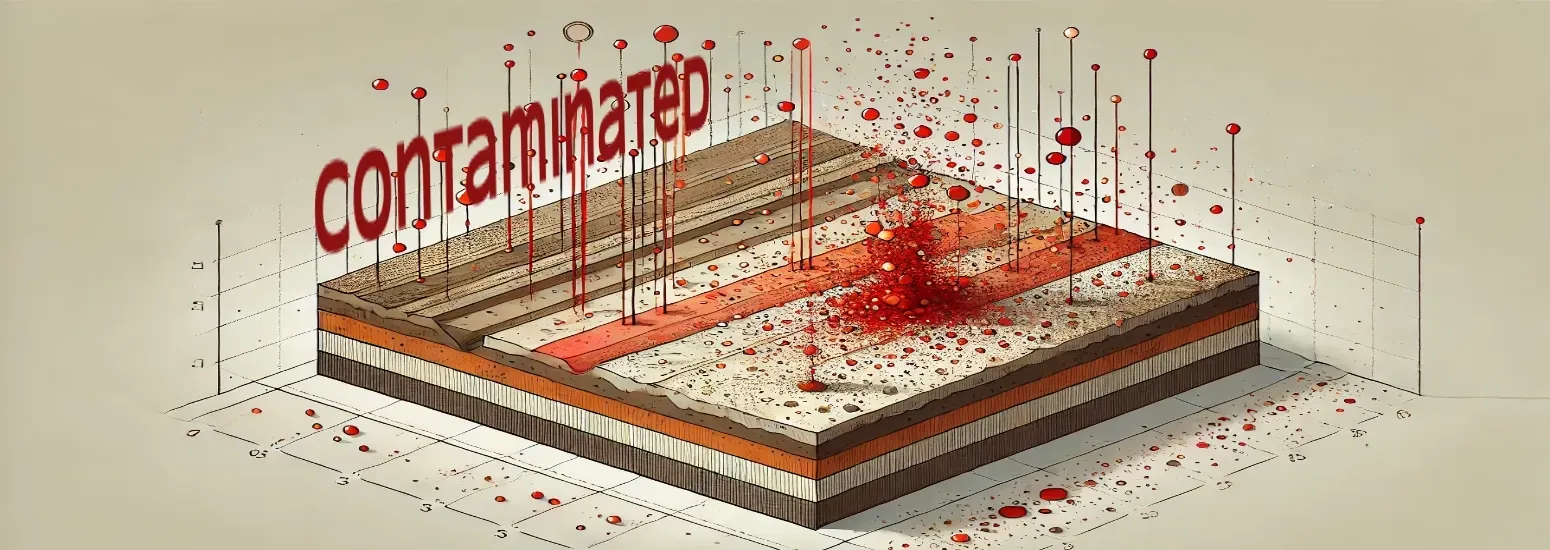
When hexavalent chromium is present in soil, it creates multiple exposure pathways that threaten both construction workers and future site occupants:
1. Inhalation Risks:
- Contaminated dust particles can be inhaled during excavation and construction
- Long-term exposure can lead to lung cancer
- Short-term exposure may cause respiratory irritation and inflammation
- Risk of nasal septum perforation from chronic exposure
2. Dermal Contact:
- Direct skin contact can cause:
* Chemical burns
* Chronic ulcers
* Allergic contact dermatitis
* Skin sensitisation
3. Ingestion Hazards:
- Accidental ingestion of contaminated soil or dust
- Potential leaching into groundwater sources
- Bioaccumulation in plants grown in contaminated soil
4. Environmental Mobility:
- High solubility in water
- Potential for migration to neighbouring properties
- Ability to contaminate larger areas through dust dispersion
- Risk of surface water contamination through runoff
Reducing Hexavalent Chromium Exposure
Minimising exposure to hexavalent chromium is crucial to prevent its adverse health effects. Here are some effective strategies:
Safety Protocols and PPE: Always follow proper safety protocols and use personal protective equipment (PPE) when working with hexavalent chromium compounds.
Alternative Products: Opt for products that do not contain hexavalent chromium to reduce exposure risks.
Avoid Contaminated Food and Water: Ensure that food and drinking water are free from hexavalent chromium contamination.
Support Environmental Protection: Advocate for and support efforts to reduce hexavalent chromium emissions and contamination, contributing to a safer environment.
Cost Optimisation Strategies
To maintain project viability while ensuring safety:
1. Ensure a Phased Approach:
- Prioritise critical areas (contamination hotspots)
- Coordinate with construction schedule
- Optimise resource allocation
- Maintain project momentum
2. Risk-Based Cleanup:
- Set appropriate cleanup goals
- Assess prospective volumes of material to be displaced via construction
- Consider future land use
- Consider Waste Classification implications
- Implement institutional controls
- Monitor effectiveness
It is crucial to evaluate hexavalent chromium exposure to ensure safety and compliance in remediation efforts.
Remediation and Cleanup
Effective remediation and cleanup of hexavalent chromium contamination are essential to protect human health and the environment. The Environmental Protection Agency (EPA) has established several guidelines for this process, including:
- Chemical Reduction: Using reducing agents to convert hexavalent chromium to the less harmful trivalent chromium.
- Ion Exchange: Employing resins or other materials to remove hexavalent chromium from contaminated water.
- Membrane Filtration: Utilising semipermeable membranes to filter out hexavalent chromium from water sources.
- Excavation and Removal: Physically removing contaminated soil and materials to prevent further spread.
It’s crucial that these remediation efforts are conducted by trained professionals to ensure the effective and safe removal of hexavalent chromium contamination. Adhering to EPA guidelines and employing best practices in remediation can significantly mitigate the risks associated with this toxic substance.
Hexavalent Chromium Conclusion
The legacy of Erin Brockovich and the Hinkley case serves as a stark reminder of hexavalent chromium’s dangers and the importance of proper management. For construction developments, discovering this contaminant need not be a project-ending event. Through careful assessment, appropriate remediation selection, and rigorous safety protocols, sites can be successfully developed safely and compliantly.
Studies have shown that workers in chromium plating industries face elevated risks of lung cancers and sinonasal cancers due to prolonged exposure to chromium (VI).
- The key to success lies in:
- Thorough initial assessment and review of site investigation data against relevant thresholds
- Clear delineation of contamination hotspots to avoid further cross-contamination during construction
- Ongoing testing, monitoring and material management throughout the removal process to confirm the contamination has been correctly removed
- Implementation of comprehensive safety measures
- Clear documentation and communication
By following these guidelines and maintaining a strong focus on both safety and cost-effectiveness, construction projects can overcome the challenges posed by hexavalent chromium contamination while ensuring the protection of human health and the environment.
If DeltaSoilSolutions can help with your project, please just get in touch via the website or direct on +44 141 255 0497

share this
Related Articles
Related Articles

